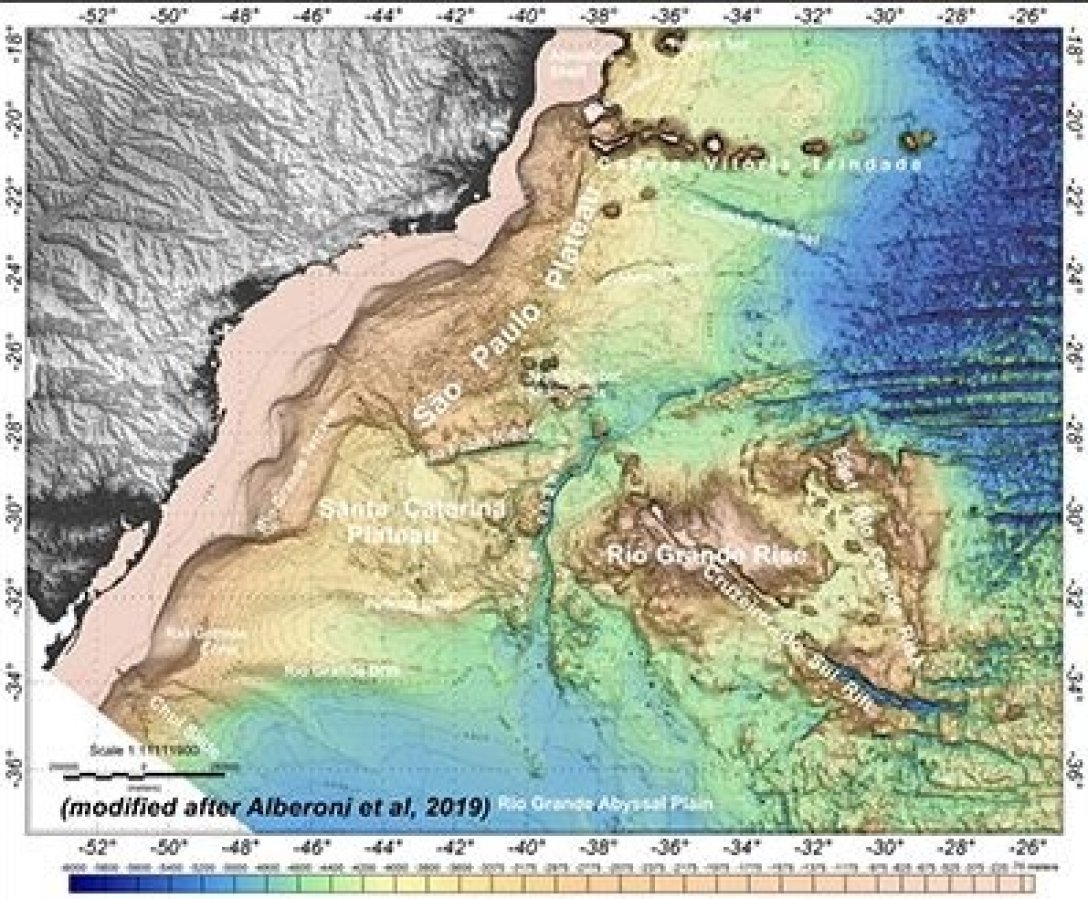A new study reveals the secret of the ancient tropical island off the coast of Brazil, which flooded about 45 million years ago.
In 2018, a group of scientists from Brazil and the United Kingdom conducted research with the seabed near a volcanic plateau known as the rise of Rio Grande. During this study, they noticed stones at the bottom of the ocean, which were similar to land, which aroused great interest of scientists.
Using a remote -controlled underwater, at a depth of about 650 meters, they found unusual layers of red clay, similar to tropical soils. Recent studies have shown that this area of the ocean was once an island, huge in size, similar to Iceland.
The mantle plume, which was under the mid-oceanic ridge of the South Atlantic, caused the emergence of volcanoes that created this island. Later, due to volcanic activity, the plateau moved west and plunged under water.
The mantle plum, which was a new splash of volcanism, formed red clays about 40 million years ago. This discovery is a confirmation that once this place was land.
Scientists believe that this study is an important step in revealing the mystery of ancient landscapes, which were flooded thousands of years ago.


